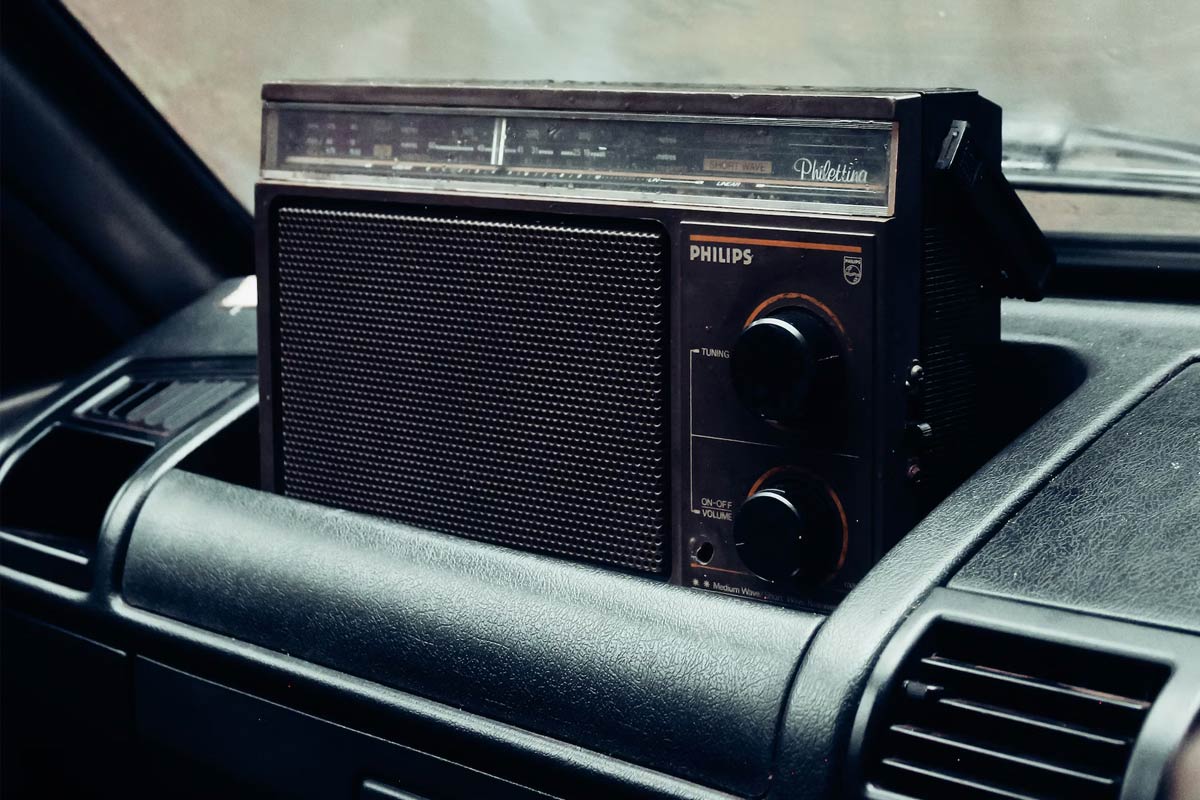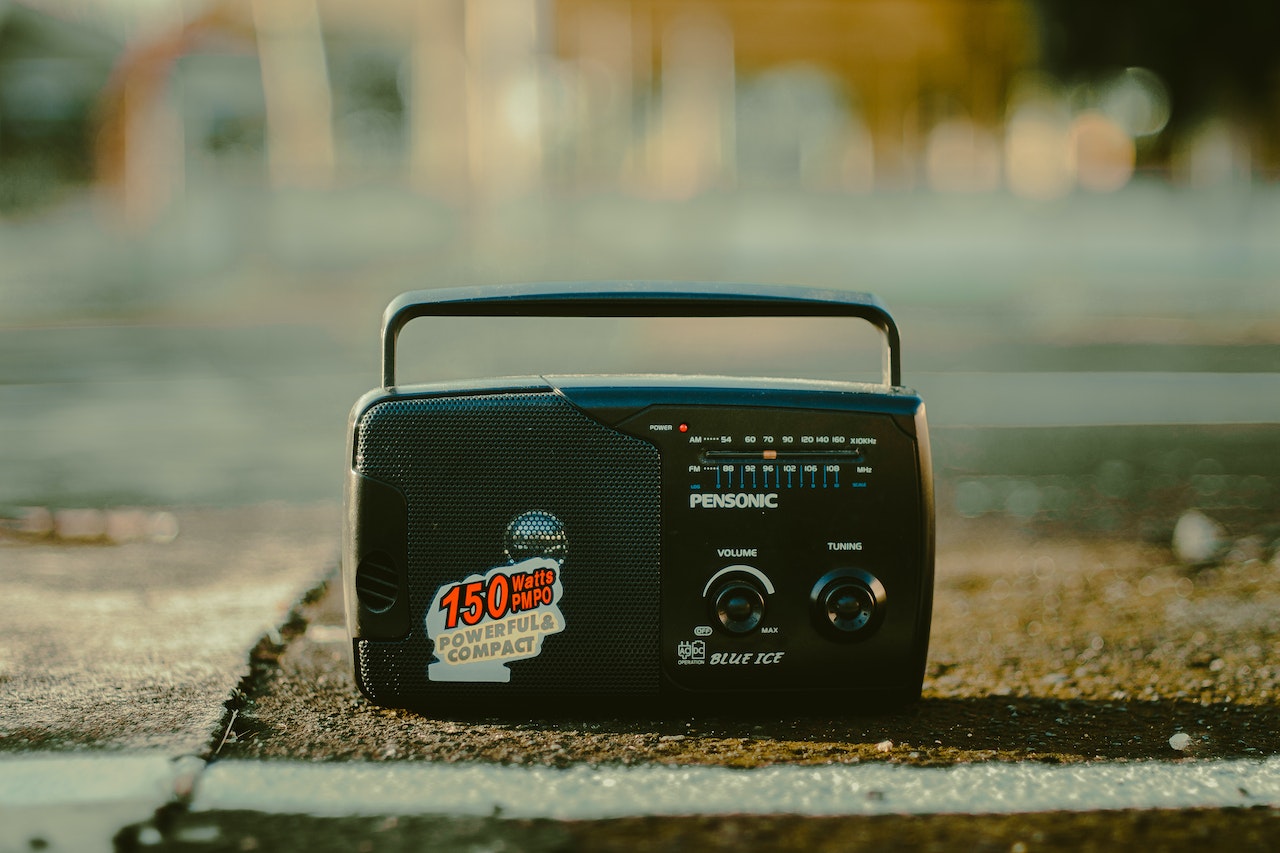In an era dominated by Spotify, Apple Music, and various podcast platforms, it’s easy to overlook the enduring presence and significance of traditional radio.
Despite the surge of on-demand services, radio continues to play a pivotal role in our daily lives. For the case of Irish readers, you would just have to look to the most recent JNLR reports (how radio stations measure listenership) where you’ll find that on an island that’s not long after passing the five million mark on the population front, we’ve got over three million adults regularly engaged with traditional radio. Not only that, but Irish adults spend significantly more time stuck to the radio than to Spotify or other audio streaming services.
So what can radio offer that Spotify and digital broadcasting or on-demand services can’t?
1. A sense of community
Radio, particularly independent and local radio, fosters a sense of local community that is unparalleled. Stations will highlight news, sport, entertainment, local artists, events, and more, providing a platform for the unique culture and happenings of a specific franchise area.
In the case of Irish radio, you’ll have local stations that operate on a single-county basis like Radio Kerry, Clare FM, Tipp FM, a dual-county basis like KCLR (Kilkenny, Carlow), LMFM (Louth Monaghan), a three-county basis (Midlands 103 covering Laois, Offaly, Westmeath) before moving into regional radio stations like Beat (south east), Spin (south west), iRadio (midlands and surrounds) and onto the nationals.
Localised content helps listeners feel connected to their community, providing a sense of belonging and understanding that global streaming services can’t offer.
2. Accessibility and inclusivity
One of radio’s standout features is its accessibility. Even in the 21st century we’ve got broadband poverty (read lack of internet access) but your trusty FM radio, be it in the corner of your kitchen, your car or – if you’re still rocking an older Nokia handset with an FM receiver in it – your phone, doesn’t require any online connectivity to pick up a signal. This inclusivity ensures that information and entertainment are available to everyone, regardless of their economic status or geographical location.
3. Real-time information
Radio is a reliable source of real-time information, especially during emergencies. Whether it’s severe weather warnings (I’m looking at you, winter of 2010), traffic updates, or breaking news, radio stations provide timely and accurate reports that keep communities informed and safe.
In 2022, the annual Eurobarometer survey from the European Commission singled out radio as the most-trusted medium for information in Europe for the 12th year in a row with radio trusted by 56% of the population on average. In the UK that figure rises to 61%, far surpassing TV and other press. Access those survey details here.
4. Engaging personalities
The charm of radio often lies in the engaging personalities that host shows. Whether it’s current affairs or music, farming or the arts, presenters are more likely to offer a human touch, sharing stories, insights, and humour that build a rapport with listeners.
As a presenter, listeners will want to know you, like you and trust you. It takes work, but this personal connection turns the listening experience into a relationship, with audiences tuning in to hear familiar and beloved voices, something you’re not likely to get too much out of from streaming music services.
5. Diverse content
While streaming services often rely on algorithms to suggest content (you are the product, even though we’re now paying higher subscription rates), radio offers a curated experience that introduces listeners to new music and ideas. The diversity of content, spanning different genres, topics, and discussions, provides a rich listening experience that caters to a wide audience.
Going back to local radio, this becomes even more pertinent with content delivered based on the issues impacting and concerns of those living within the franchise area of the radio station – be it live sport you won’t get anywhere else, political debate, updates on key local developments
6. Supporting local talent
Many artists owe their success to the exposure provided by local radio stations. These platforms play a crucial role in promoting emerging talent, offering a stepping stone for artists to reach wider audiences and establish their careers. Spotify’s also not going to pay the bills unless you’re hitting some serious streaming numbers.
Radio plays, however, continue to garner sizeable payments for smaller artists and the trust placed in radio presenters even to this day can help make or break talent.
7. Educational value
Radio is not just about music; it’s a platform for education and learning. From talk shows discussing current affairs to programs dedicated to science, health, the arts, farming (thinking of our own schedule here), history and technology, radio is a treasure trove of knowledge that educates as it entertains.
8. Nostalgia and tradition
For many, radio is steeped in nostalgia, reminiscent of a time when families would gather around the radio set to listen to shows, news, and music together. Some of that I’ve covered here and reflected on in my own radio upbringing.
This sense of tradition and shared experience continues to resonate with listeners, offering comfort and continuity in a rapidly changing media landscape.
There’s room for everybody
While Spotify and other streaming services offer convenience and a vast library of content, traditional radio continues to hold its ground with a unique blend of community connection, accessibility, engaging personalities, and diverse content.
That said, there’s room for everybody and when I’m not listening to radio, you’ll find me tucked into a podcast likely because I find the content relevant to me and what I’m interested in or the host is good at tying it all together.
But as long as there are listeners and as long as the world keeps turning, we’ll still have radio and it will still be there, in the corner of the room, on the commute or in the background in your local coffee shop, keeping you company, keeping you informed and keeping you entertained, without having to shell out 12.99 a month for it.

